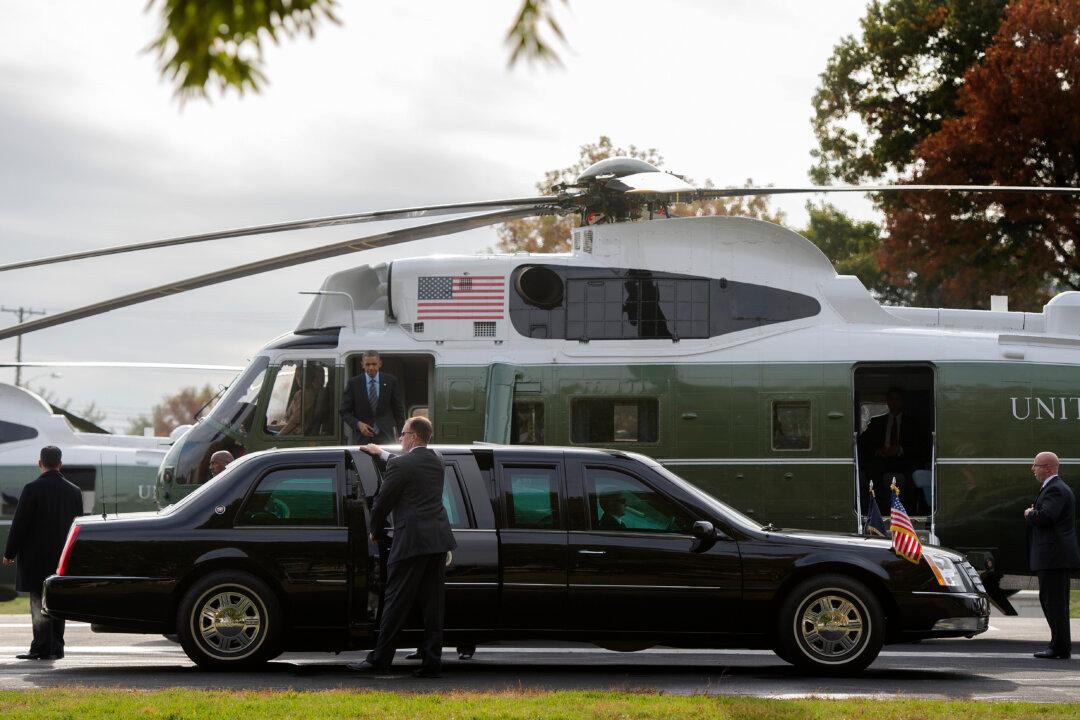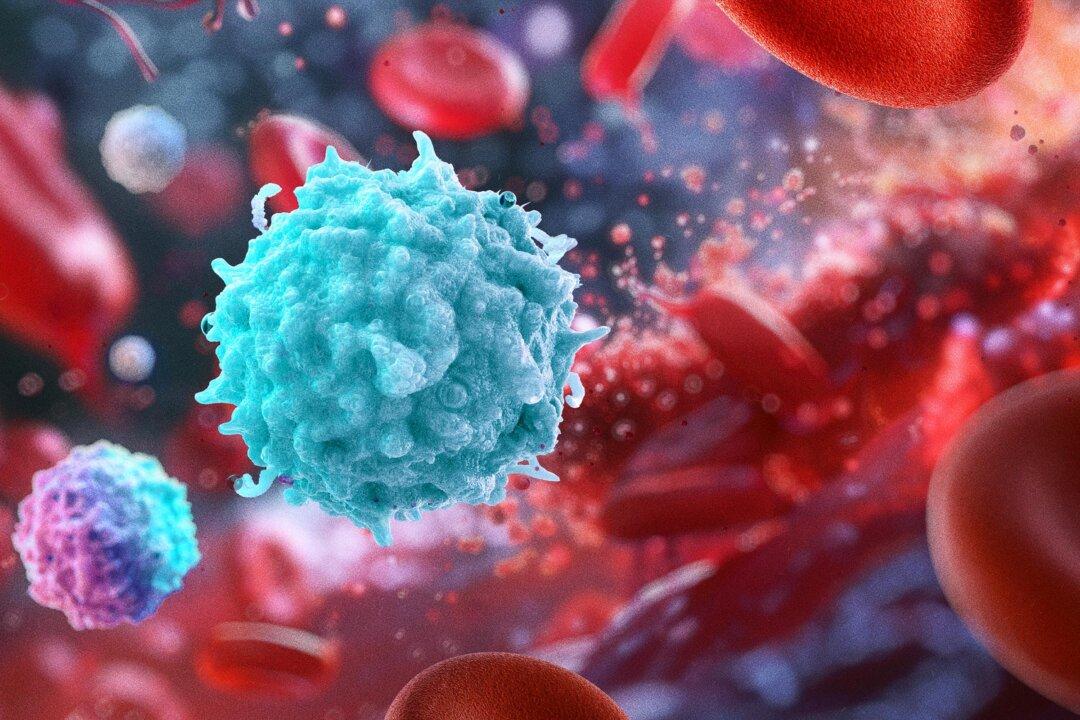In July, the U.S. Secret Service commissioned a special car for President Barack Obama. Details are classified, but the vehicle is designed to outperform the commander in chief’s current ride—a heavily armored limousine impervious to both biochemical attacks and improvised explosive devices (IEDs).
At first glance, Obama’s old limo, dubbed “the Beast”, looks like a black Cadillac DTS, but a closer look reveals serious security features: multi-layer windows, eight inch armor plates, an on board oxygen supply, and even a blood bank stocked with the president’s blood type.
The standard for securing presidential safety has been upgraded with each administration, and the trend can be traced back exactly 50 years, to the day President John F. Kennedy cruised through downtown Dallas in a rather ordinary 1961 Lincoln Continental.
Today, it’s hard to imagine a U.S. president waving to the crowd from an open convertible; his protectors having paid little attention to the vulnerabilities along the route. Kennedy’s assassination shocked the world and changed Secret Service protocol forever.
Secret Service History
When the U.S. Secret Service was created in 1865, its primary purpose was to suppress counterfeit currency. The agency didn’t get into presidential protection until 1901, following the assassination of President William McKinley.
Assassination attempts had been made on Presidents Theodore and Franklin Roosevelt, and Harry Truman but the Secret Service changed little in response to these episodes. Kennedy’s death, however, heralded in a new era of presidential security.
Presidents were no longer permitted to ride in open cars, and the budget, manpower, and might of the Secret Service grew to accommodate a more dangerous world.
By 1971, presidential protection demanded a counter sniper unit to address long range threats, such as the buildings overlooking Dealey Plaza. In 1976, the introduction of the Secret Service’s Canine Explosives Detection Unit (K-9) added yet another level of protection.
The 1981, the attempt to kill Reagan brought metal detectors to the security detail; and in 1992, the Secret Service expanded to include an Emergency Response Team (ERT) aimed at protecting the White House and its grounds.
The years following JFK’s death also brought more individuals under the protection umbrella. As a result of Robert F. Kennedy’s assassination in 1968, Congress authorized protection of major presidential and vice presidential candidates and nominees. Obama became the earliest initiate in May 2007, just months after he declared his candidacy. He was still an Illinois Senator at the time.
The power of protection offered by the Secret Service has expanded many times, yet in 50 years it has seen only one cut back: the duration of service. In 1965, Congress extended Secret Service duty to protect a former president and spouse during their lifetime, but in 1997, Congress limited service to 10 years after leaving office, making Bill Clinton the last president to receive lifetime protection.





